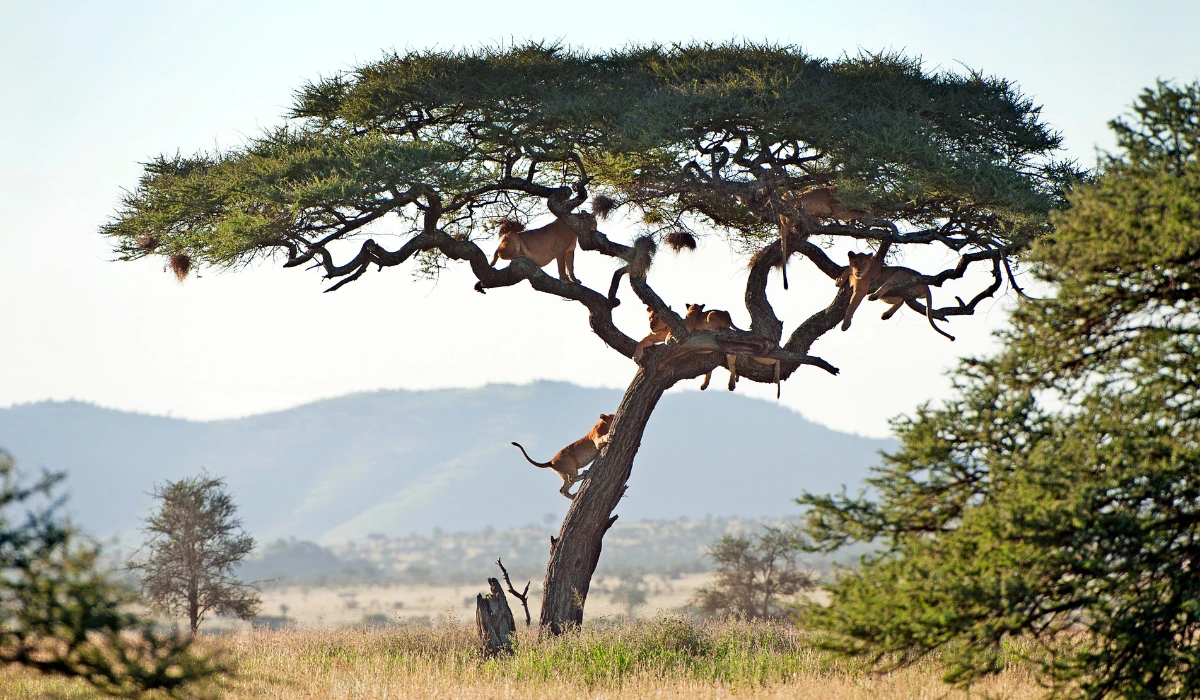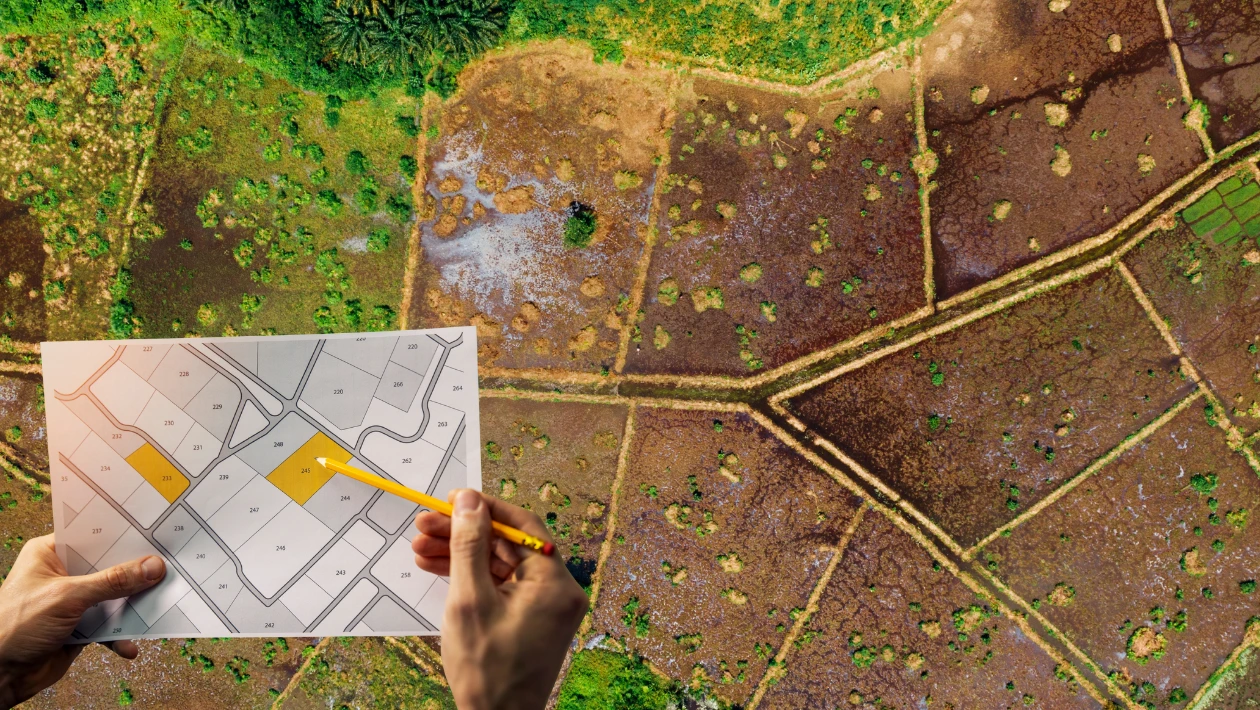Story: The Client Who Wanted a Wikipedia
Earlier this year, a Tanzanian tour operator came to us for a website rebrand. They said: “We’re doing things differently.”
But their idea of ‘different’ shocked us.
They submitted a 70+ page document describing Serengeti, Ngorongoro, Kilimanjaro, Zanzibar—essentially every major Tanzanian attraction. Each page was another Wikipedia entry: the wildlife, the history, the geography.
They promised more documents would follow.
When I asked, “Okay, after visitors read all this, what happens? Do you have an offer?” They sent me a list of prices and amenities in bullet points. No team introductions. No story. No original images, just instructions to grab pictures from Google.
Clearly, this wasn’t “different.” It was blending in.
This is the trap most Tanzanian tour websites fall into. They try to out-document Wikipedia and now, generative AI. And in 2025, that’s a losing game.
In this article you’ll learn
- The Wikipedia Trap
- What Travelers Want
- Two Winning Stories
- Five Fixes for Tanzanian Tour Websites
- Why This Matters Now
The Wikipedia Trap
Tour operators in Tanzania often believe their competitive edge is information. If they explain Serengeti’s wildebeest migration or Ngorongoro’s crater rim in enough detail, people will book with them.
But here’s the problem, AI has eaten that layer of the internet. ChatGPT, Gemini, Perplexity, and even Google’s own AI Overview already serve tourists fact-based answers faster than any website could. Wikipedia remains the most trusted general knowledge repository.
So when your website’s main pitch is: “Ngorongoro is a UNESCO heritage site”—you’re competing against platforms with deeper databases, stronger domain authority, and real-time AI distribution. You cannot win that game.
The pioneers like Zara Tours had to document because nobody else had done it. Today, that labor is complete. The new battlefield is not facts. It’s feelings.
What Travelers Actually Want
Travelers don’t go to your website to confirm that Serengeti has lions. They go to feel what it would be like to go there with you.
That means your competitive edge is no longer encyclopedic knowledge, but experience design, trust, and storytelling.
- The difference between a price list and an offer.
A price list is: “6-day safari, $2,300 per person.”
An offer is: “Six days chasing the migration across Serengeti with our Maasai guide who grew up inside the ecosystem—plus a fireside storytelling night at no extra charge.” - The human factor.
Travelers don’t book with faceless logos. They want to see your guides, your team, your office, your voices. Video testimonials, behind-the-scenes photos, even a simple “Meet Our Team” page builds more trust than polished stock photography ever could. - Social proof.
Reviews, raw images, guests posting their experiences—these outweigh “official” pages listing attractions.
In short: people want the story of you, not just the story of Tanzania.
Trust Is Built in the Open
One of the biggest shifts in modern tourism marketing is how trust is built. It’s no longer enough to drop stock images of lions and list a price chart. People want to see the humans behind the brand and the values guiding the experience.
Take Brett Harrison of Red Knot Development. He’s not hiding behind glossy brochures or corporate campaigns. He shares raw, unbranded images of endurance events he’s building in Tanzania, sometimes still in the messy middle of things. He talks openly about the social impact of his projects—how trail races and climbs are tied to community development. This blend of transparency and activism has made him stand out in a crowded space. He doesn’t just sell adventures; he designs experiences that feel bigger than the client, plugging into causes people actually care about.
Now compare that with Ole-Monah, a Maasai tour guide and photographer whose storytelling brings the Serengeti to life. In a recent newsletter, he described rescuing a family of travelers who felt disappointed after two flat days on safari. With patience and wisdom, he reframed their journey, guiding them to witness a once-in-a-lifetime wildebeest crossing and a leopard encounter. His lesson was simple but profound: safaris, like life, are about trusting the process. What sets him apart is not just wildlife knowledge but his ability to craft meaning in the moment.
Both Brett and Ole-Monah demonstrate that trust in tourism is earned when you drop the façade and lead with authenticity. Brett shows his work in public, aligning his adventures with social good. Ole-Monah brings travelers into stories that reveal the deeper wisdom of Tanzania’s landscapes. In their own ways, they prove that the future of tour marketing isn’t about who shouts loudest, but who shows up real.
Five Fixes for Tanzanian Tour Websites
So how do you escape the Wikipedia trap and make your website a marketing tool instead of a digital brochure?
Here are five actionable fixes:
1. Lead With an Offer, Not a Geography Lesson
Don’t start your homepage with “Tanzania is blessed with abundant wildlife and natural wonders.” Everyone knows that. Instead, start with a proposition that makes someone want to pack their bag.
Example:
“All the wonders you’ve heard about Tanzania are true. What you haven’t heard is the deal that gets you here next month. We’re about to make you one.”
2. Show the Experience
Post videos of guests boarding jeeps, guides telling stories, travelers laughing at campfires. Even smartphone footage beats stock images. People want to imagine themselves in the story—not scroll through recycled lion photos.
3. Differentiate Offers from Prices
Prices are information; offers are persuasion. Anyone can list $1,500 for a climb. Few can craft an offer that makes that price feel irresistible. Packages should come alive with extras, stories, and emotional hooks.
4. Invest in Localized Storytelling
Write blogs that feel uniquely Tanzanian. A guide’s reflection on his first time summiting Kilimanjaro. A piece about how migration seasons change a village’s rhythm. These stories can be repurposed on social media, newsletters, and even pitch decks. They create authenticity AI cannot replicate.
5. Come Out of Hiding
Your agency cannot stay faceless. Introduce your team. Put faces on your guides. Record a founder’s welcome video. Share the office energy. Unless you’re running a front, show that you are real people who care about delivering real experiences.
Why This Matters Now
The timing could not be more urgent. In July 2025, Kenya was ranked as the world’s top ChatGPT user, with 42.1% of people over 16 actively using the tool. That’s higher than the US, Russia, and China. South Africa followed close behind.
This tells us two things:
- AI-driven travel discovery is already mainstream in East Africa. Your potential clients are using these platforms to plan trips and compare offers.
- If your site is just facts, AI will summarize them and strip you out. The only way to stay visible is to publish experiences, offers, and stories AI can’t replicate.
In other words: information is now table stakes. Differentiation comes from humanity and creativity.
Build Experiences, Not Encyclopedias
Tourism is Tanzania’s crown jewel. But if local tour operators continue to copy Wikipedia instead of marketing themselves, they’ll lose out—to AI, to booking platforms, and to bolder competitors who know how to tell a story.
The playbook has changed:
- Stop building encyclopedias.
- Start designing experiences.
Thank you for reading
At Tanzlite Digital, we advise and help Tanzania tour operators best position themselves in this competitive industry. If you want a website that doesn’t just list attractions but actually sells adventures—let’s talk.







0 Comments